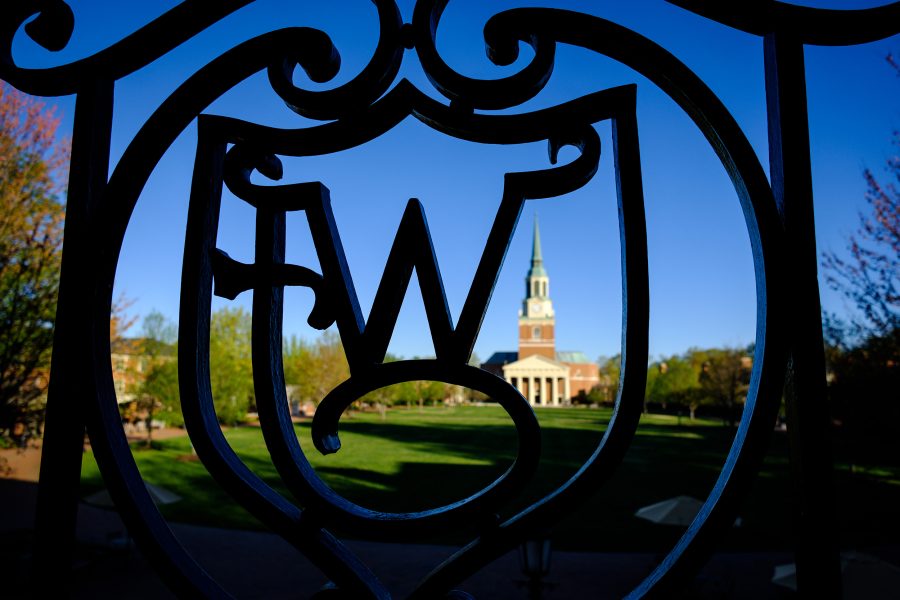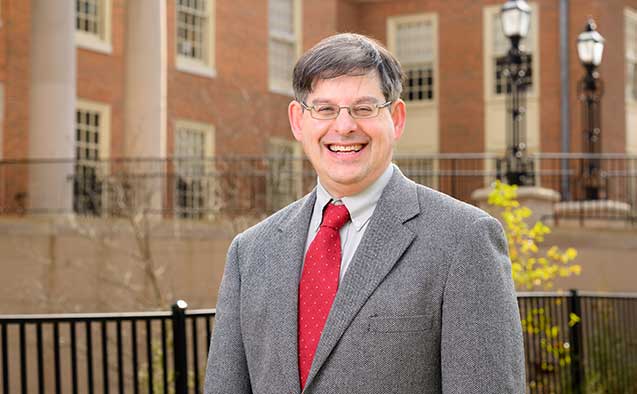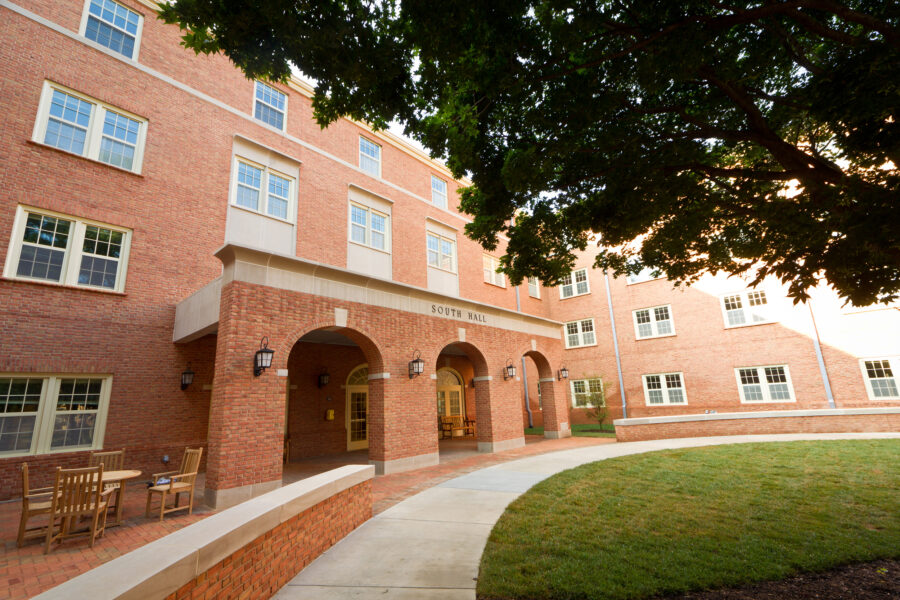Student Storyteller: Art and chemistry
“Chemistry and the arts are not the same, but there is a relationship. A large part of it is you must try,” said Roald Hoffmann, speaking to a crowded auditorium in the Byrum Welcome Center.
And he tried. He tried and won the 1981 Nobel Prize in chemistry, published 123 poems, and three plays, after having survived the Nazi occupation.
As I listened to his introduction, I was mesmerized by his ability to excel in chemistry, poetry, and philosophy. In Dr. Hoffmann’s hour-long address as part of the Oakley R. Vail Lecture Series on March 19, I learned how these different fields, and really any fields, can intertwine.
As a chemistry major, I have rarely seen a scientific PowerPoint have more pictures of art than chemical structures. Yet, the Nobel Laureate entertained the audience with pictures of paintings, art in cathedrals, and landmarks like the Taj Mahal. The idea was to show the beauty in all of these constructions and analyze the elements that made the structures so interesting. Often times, conflicting elements such as macroscopic/microscopic view, symmetry/asymmetry, natural/unnatural elements, and the similarity/dissimilarity are present in these works of art. Analyzing these elements is where the beauty— and chemistry— comes in.
“When you see the duality that endows the object more interesting, the facts in chemistry are interesting because they are at the intersection of all those polarities,” said Hoffmann.
For example, when looking at the Gate of Ishtar created in ancient Babylon, one can recognize the natural cedar and can appreciate the chemistry in the blue color that contributes to the gate’s memorable look. When studying the structure of the protein hemoglobin, one can see the symmetry and other elements that help the protein transport oxygen through the body. When comparing sugar to salt, one can see how they look the same but chemically have very different effects.
Spending the past four years learning the technical side of chemistry, I was intrigued to learn how chemistry can apply beyond calculations of dipole moments and principles of thermodynamics.
Science and art are not the same, but a relationship exists. In my last semester at Wake, I understand how science translates into other fields. In my opinion, the cross-linking of differing fields fosters innovation and makes both fields prosper. My interest in chemistry has heightened as I am able to combine it with my journalism minor. The ability to apply chemistry, biology, or physics to other seemingly unrelated fields only further showcases the flexibility and beauty of science as well as the liberal arts.
Categories: Arts & Culture, Experiential Learning, Happening at Wake, Research & Discovery
Media Contact
Wake Forest News
media@wfu.edu
336.758.5237



